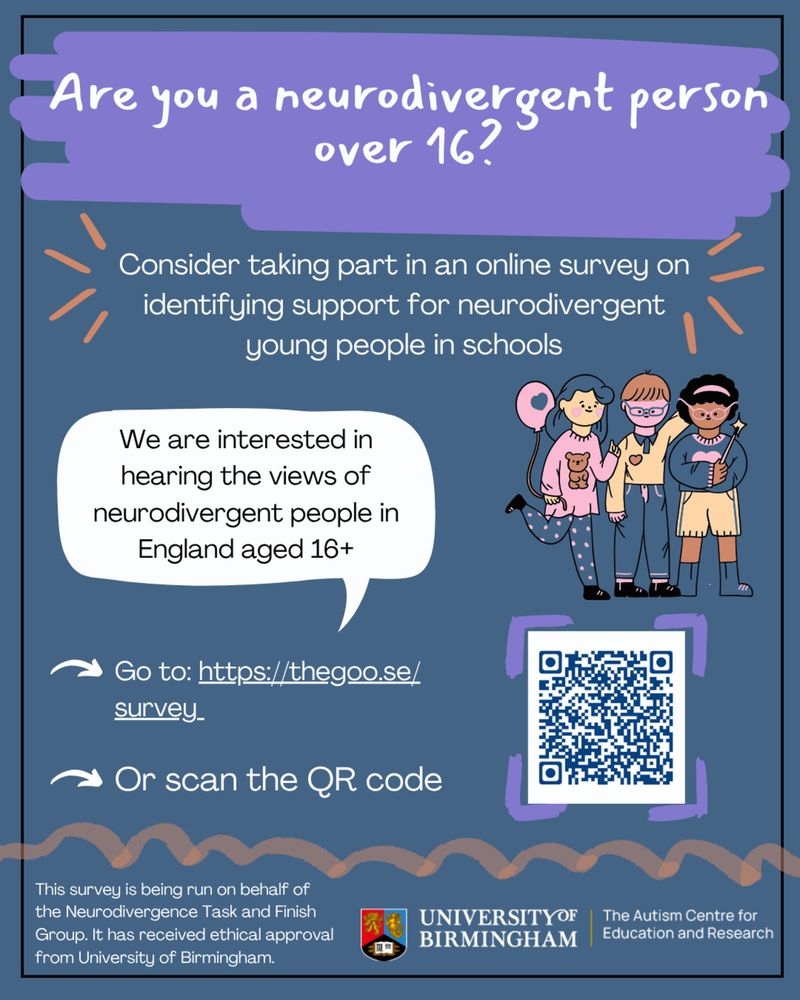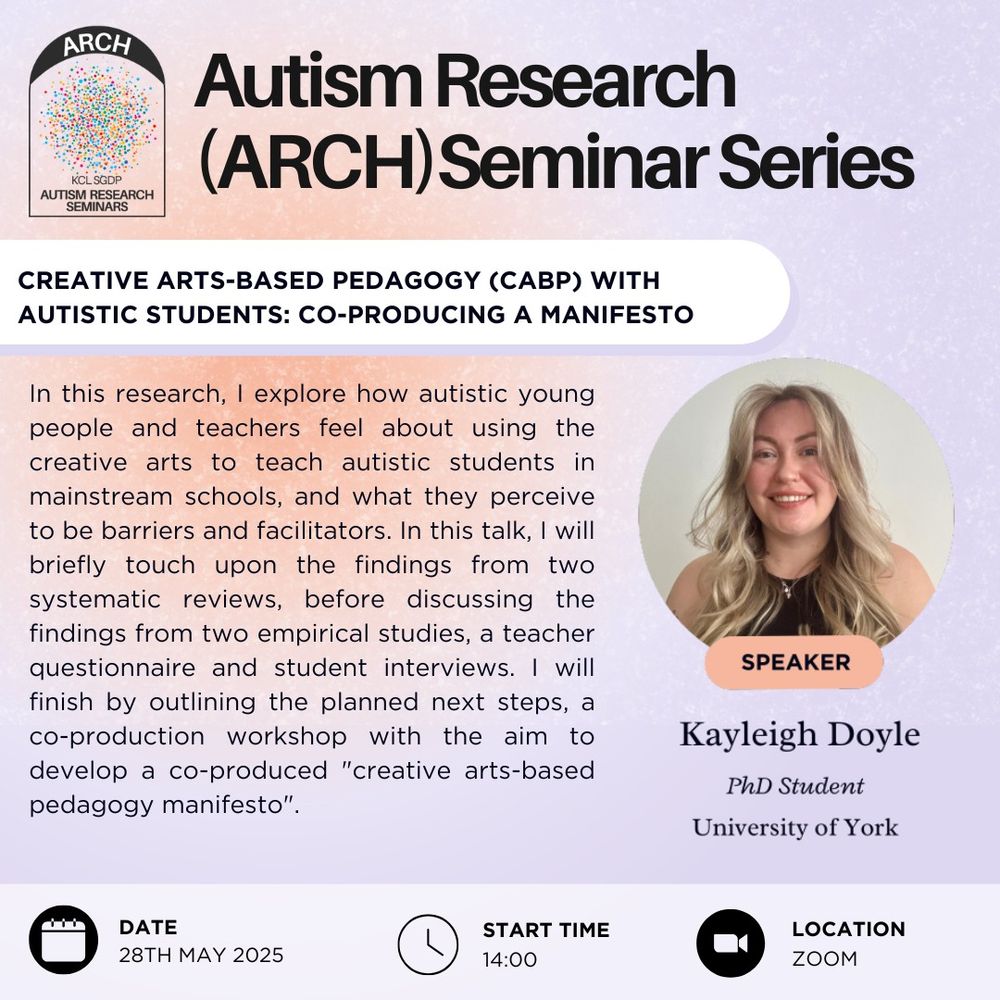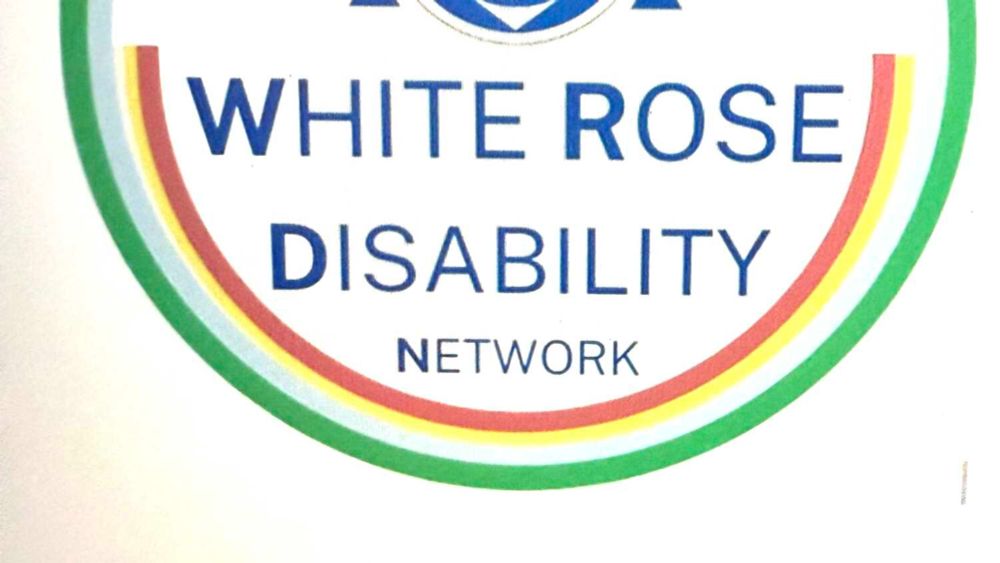Kayleigh Doyle (she/her)
@kayleighdoyle.bsky.social
78 followers
180 following
14 posts
PiE PhD Researcher at the University of York 📍
Interested in neurodivergence, creative arts-based and inclusive pedagogies, and creative qualitative methodologies
Posts
Media
Videos
Starter Packs
Reposted by Kayleigh Doyle (she/her)
Reposted by Kayleigh Doyle (she/her)
Reposted by Kayleigh Doyle (she/her)
Reposted by Kayleigh Doyle (she/her)
Reposted by Kayleigh Doyle (she/her)























